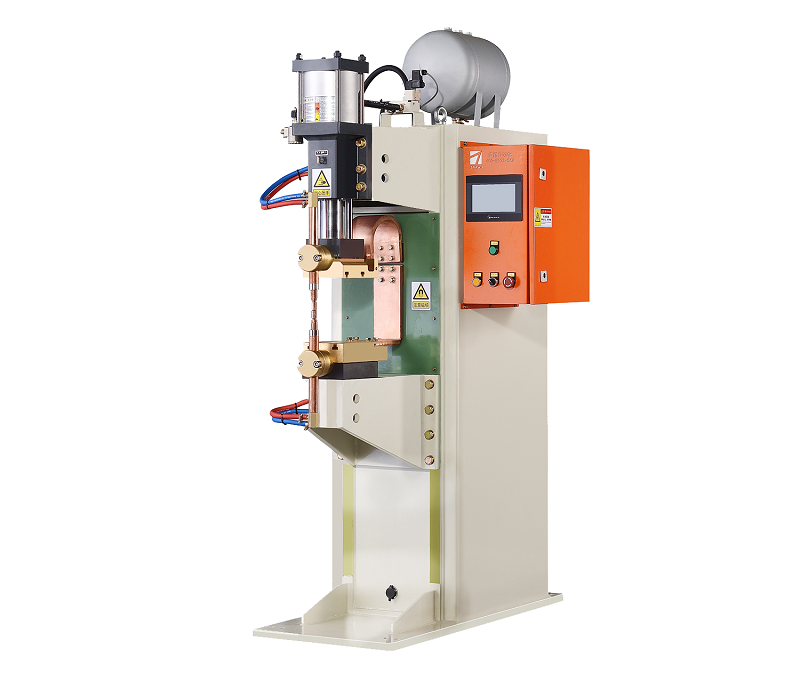What should be noted when operating a medium frequency spot welding machine?
Spot welding is a crucial process in the manufacturing industry, utilized to join two or more metal sheets together by creating localized heat through electrical resistance. Medium frequency spot welding machines are commonly employed for their efficiency and precision in various applications. However, operating these machines requires careful attention to several key factors to ensure safety, quality, and effectiveness.

- Equipment Familiarity: Before operating a medium frequency spot welding machine, it is essential to have a thorough understanding of its components and functions. Familiarize yourself with the control panel, power settings, cooling system, and safety mechanisms. This knowledge will help prevent accidental misuse and promote efficient operation.
- Material Selection: Different metals and alloys have varying electrical conductivity and thermal characteristics. It’s crucial to choose the appropriate welding parameters for the specific materials you’re working with. Refer to material charts or guidelines provided by the machine manufacturer to determine the optimal settings.
- Electrode Alignment: Proper alignment of the welding electrodes is paramount. Misalignment can lead to uneven welds, reduced joint strength, and electrode damage. Regularly inspect and adjust the electrode tips to ensure they are clean, sharp, and properly aligned before each welding operation.
- Surface Preparation: Achieving a successful weld requires clean and well-prepared surfaces. Remove any rust, paint, or contaminants from the welding area to ensure optimal electrical conductivity and heat transfer. Proper surface preparation contributes to strong and consistent welds.
- Clamping Pressure: The pressure applied by the welding electrodes affects the quality of the weld. Insufficient pressure can lead to weak joints, while excessive pressure may damage the materials or electrodes. Follow the manufacturer’s recommendations for clamping pressure to achieve optimal results.
- Welding Time and Current: Medium frequency spot welding machines allow for precise control over welding time and current. Adjust these parameters based on the material thickness and type. Welding time that is too short can result in inadequate fusion, while excessive time can lead to overheating and distortion.
- Cooling Period: After each welding cycle, allow sufficient time for the welded area to cool down. This helps prevent overheating and distortion of the material. Adequate cooling also contributes to the overall quality and strength of the weld.
- Safety Measures: Safety should always be a priority. Wear appropriate personal protective equipment (PPE), including welding gloves, eye protection, and flame-resistant clothing. Additionally, be aware of the machine’s emergency stop button and how to use it in case of unexpected issues.
- Maintenance and Calibration: Regular maintenance is essential to keep the welding machine in optimal working condition. Follow the manufacturer’s maintenance schedule for electrode replacement, lubrication, and system calibration. A well-maintained machine ensures consistent and reliable welding results.
operating a medium frequency spot welding machine requires careful attention to various factors to achieve safe, high-quality, and efficient welds. By understanding the equipment, selecting appropriate parameters, maintaining proper electrode alignment, and prioritizing safety, operators can ensure successful spot welding operations across a range of applications.